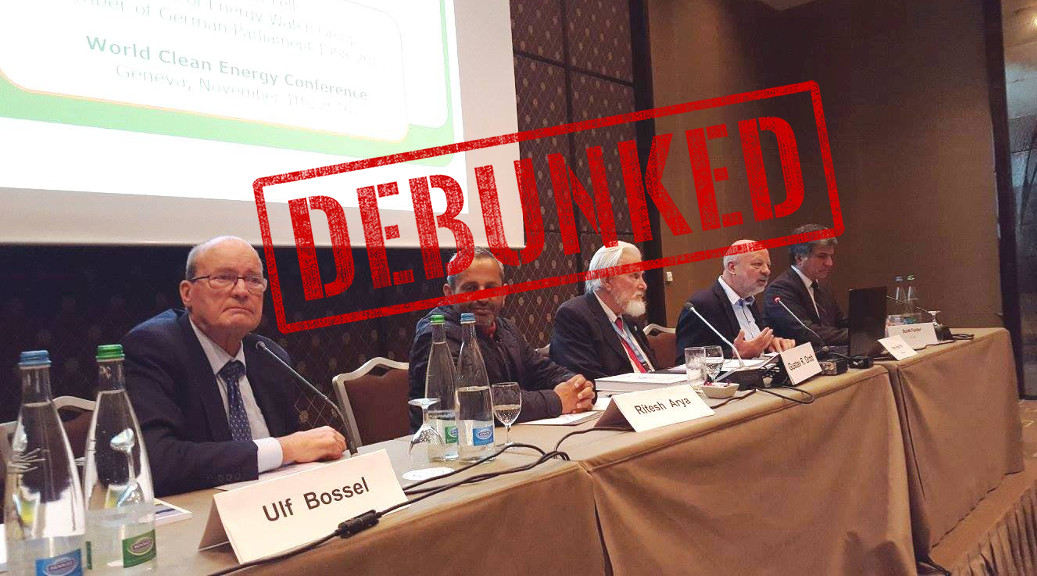Tag: Methane
-

The Truth About Blue Hydrogen
Blue hydrogen is a net zero way of making hydrogen for cars, trucks, boats, ammonia, or anything for that matter. This means a lot of energy produced with no CO2, NOx, SOx, or particulate emissions. Recently some big announcements came out about blue hydrogen investments in Edmonton & Louisiana. These big announcements prompted anti-hydrogen critics…
-

2016 Michigan Hydrocarbon Production Results – Full Year
RMP publishes 2016 hydrocarbon production data. Check out this post to see how much oil, natural gas, and NGLs were produced in Michigan in 2016. We have charts, graphs, and numbers and three different top 10 lists.
-

December 2017 – USA Public H2 Fueling Station Update
RMP will be publishing regular updates of our public hydrogen infrastructure map and data starting with this very post. Want to know what’s new with H2 infrastructure? Want to see the exact location of every public & private FCEV fueling location in America? Click through to read this post and check out RMP’s map.
-

Debunking Dr. Bossel’s Anti-Hydrogen Thesis
In this post RMP debunks Dr. Ulf Bossel’s anti-hydrogen thesis that has been propagated for years and was even published as recent as October 26, 2017 by Electrek. Dr. Bossel’s thesis says that making hydrogen is wasteful but ironically terawatt hours of electricity are being curtailed or wasted because we are not using that energy…
-

2016 Michigan Hydrocarbon Production Results January – June
At this point in October of 2016, all the reporting through the first six months of 2016 is complete. RMP has again downloaded, parsed, and analyzed the Michigan hydrocarbon production data for the Michigan Basin. Click through to check out our reporting and graphical analysis of Michigan Basin production. This post’s cover photo was taken…
-

Michigan Oil & Gas Production Report January – December 2015
The 2015 full year petroleum production numbers are, according to RMP estimates, 98% reported. That means it’s time to review a whole host of tables and graphs showing you the top hydrocarbon producers in the Michigan Basin for 2015. Check out this annual production summary to see what got produced and where in Michigan. Also,…
-

Landfill #27 At Wurtsmith Air Force Base
Check out our interactive map of ground water contamination at the former Wurtsmith Air Force Base in Oscoda, Michigan. RMP considers Wurtsmith on our top 10 list of environmentally contaminated hot spots in the Michigan Basin. Perfluorinated compounds (PFCs) in fish surrounding WAFB were so high that Michigan Department of Community Health issued fish advisories…
-

Cheniere – The First U.S. Company To Export Natural Gas (LNG)
When FERC approved Cheniere to be the first licensed exporter of LNG in the USA, everyone took notice, including RMP. Now, 4 years later, Cheniere is about to start shipping LNG to customers in the UK, Spain, Korea, and India. Contracts have also been inked with companies in France for trains that come online in…